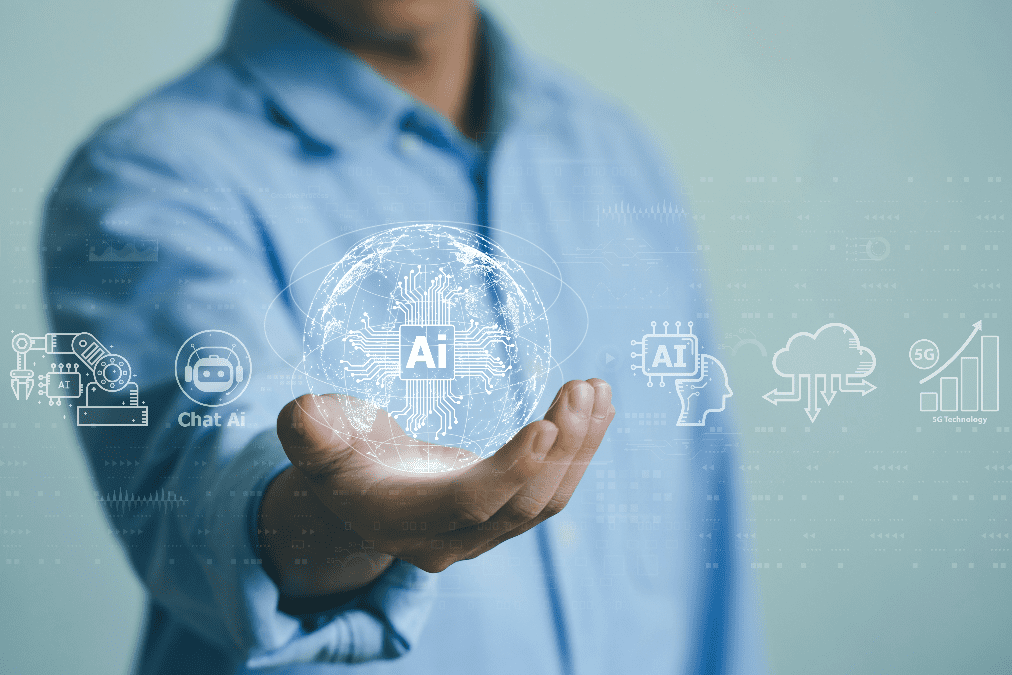In today’s rapidly evolving technological landscape, businesses are increasingly recognizing the potential of artificial intelligence (AI) to drive innovation, efficiency, and competitive advantage. However, the decision to invest in custom AI solutions versus off-the-shelf tools is complex, requiring a thorough cost-benefit analysis. This blog delves into the various facets of custom AI investments, offering insights into their potential benefits, associated costs, and how to measure their return on investment (ROI).
Understanding the Landscape of Custom AI Solutions
Custom AI solutions refer to AI systems specifically designed and developed to meet the unique needs of an organization. Unlike generic, off-the-shelf AI tools, these solutions are tailored to address specific business challenges and objectives. This bespoke approach encompasses custom AI development, tailored AI systems, bespoke AI applications, AI solution design, and comprehensive AI implementation services.
Key Components of Custom AI Solutions:
- Custom AI Development: Crafting AI models and systems from the ground up, ensuring they align perfectly with business requirements.
- Tailored AI Systems: Designing AI frameworks that integrate seamlessly with existing processes and systems.
- Bespoke AI Applications: Developing AI-driven applications that cater to specific operational needs.
- AI Solution Design: Structuring AI solutions to optimize performance and scalability.
- AI Implementation Services: Providing end-to-end support in deploying and maintaining AI systems.
Evaluating the Potential Benefits of a Custom AI Investment
Investing in custom AI solutions can offer a myriad of advantages that significantly impact a business’s operational and strategic landscape.
- Enhanced Efficiency: Imagine the transformative power of automating repetitive tasks and streamlining processes. A seminal study by the McKinsey Global Institute suggests that AI has the potential to create a staggering $5 trillion annually by boosting productivity across industries.
- AI-Powered Metamorphosis: Custom AI unlocks the potential to glean profound insights from your data, empowering you to optimize decision-making and foster innovation, akin to the metamorphosis of a caterpillar into a butterfly.
- A Competitive Stronghold: Developing a unique AI-powered solution can fortify your position in the marketplace, much like a formidable castle providing a strategic advantage.
- AI to Drive Innovation: Custom AI fosters innovation by enabling businesses to explore new products, services, and markets through advanced data analytics and machine learning models.
Assessing the Investment Landscape
While the potential rewards are substantial, custom AI development necessitates a clear-eyed assessment of the associated costs:
- Custom AI Development Cost: Building a solution from the ground up requires a significant initial investment in data scientists, engineers, and the computational resources that fuel these models.
- AI Implementation Budget: Deploying and integrating the AI solution into your existing systems can incur additional expenses.
- Talent Acquisition: Access to a specialized cadre of talent and the requisite infrastructure is crucial for successful development.
- Ongoing Maintenance: Maintaining, updating, and continually improving the AI model necessitates ongoing investment.
- Unforeseen Costs: Unforeseen challenges during development can lead to cost overruns.
Custom AI vs. Off-the-Shelf Solutions: A Comparative Analysis
Off-the-shelf AI tools offer a seemingly quicker and potentially less expensive alternative. These pre-built solutions are designed for broad use cases, but may not seamlessly integrate with your specific needs.
Here’s a business-oriented comparison:
| Feature | Custom AI | Off-the-Shelf AI Tools |
| Customization | High | Low |
| Data Integration | Seamless integration with existing data | May require data manipulation |
| Scalability | Scalable to meet growing needs | Limited scalability |
| Cost | Higher upfront cost | Lower upfront cost |
| Time to Implementation | Longer | Shorter |
Ideal use cases for off-the-shelf AI solutions include:
- Small to Medium Businesses: Seeking to automate basic tasks like customer service chatbots or data analysis without heavy investment.
- Routine Applications: Standard tasks such as email filtering, basic customer interactions, or simple data processing tasks.
- Initial AI Exploration: Companies beginning their AI journey, looking to experiment before committing to more complex, customized solutions.
Advantages of custom ML models include:
- Tailored Solutions: Perfectly align with business strategies and operations, offering solutions that pre-built models cannot.
- Unique Competitive Edge: Provide businesses with proprietary tools that differentiate them in the market.
- Long-Term Scalability: Designed to grow and adapt with the business, ensuring relevance over time.
Calculating the Return on Investment (ROI): A Data-Driven Decision
Justifying the investment in custom AI necessitates a rigorous examination of its ROI. Here are some key factors to consider:
- Quantifying the Benefits: Measure the potential improvements in efficiency, productivity, or revenue that the custom AI solution can deliver.
- Financial Justification: Translate the benefits into concrete financial terms, such as cost savings, increased market share, or improved customer satisfaction.
- Demonstrating Value: Present a compelling business case that clearly outlines the ROI and strategic advantages of the custom AI solution
Investing in custom AI solutions can be a strategic move that propels your business forward. However, a thorough cost-benefit analysis and a clear understanding of your specific needs are essential for success. By carefully weighing the potential benefits against the costs and comparing custom AI with off-the-shelf solutions, you can make an informed decision that maximizes the value of AI for your organization. Remember, custom AI is not a one-size-fits-all solution. Taking a strategic approach will help you leverage the power of AI to gain a competitive edge and achieve your business objectives.
For a comprehensive understanding of how custom AI solutions can be tailored to your specific needs, explore the offerings of Integra’s custom AI solutions. Integra’s team of experts can guide you through the entire process, from initial concept to successful implementation, ensuring you unlock the full potential of AI for your organization.








